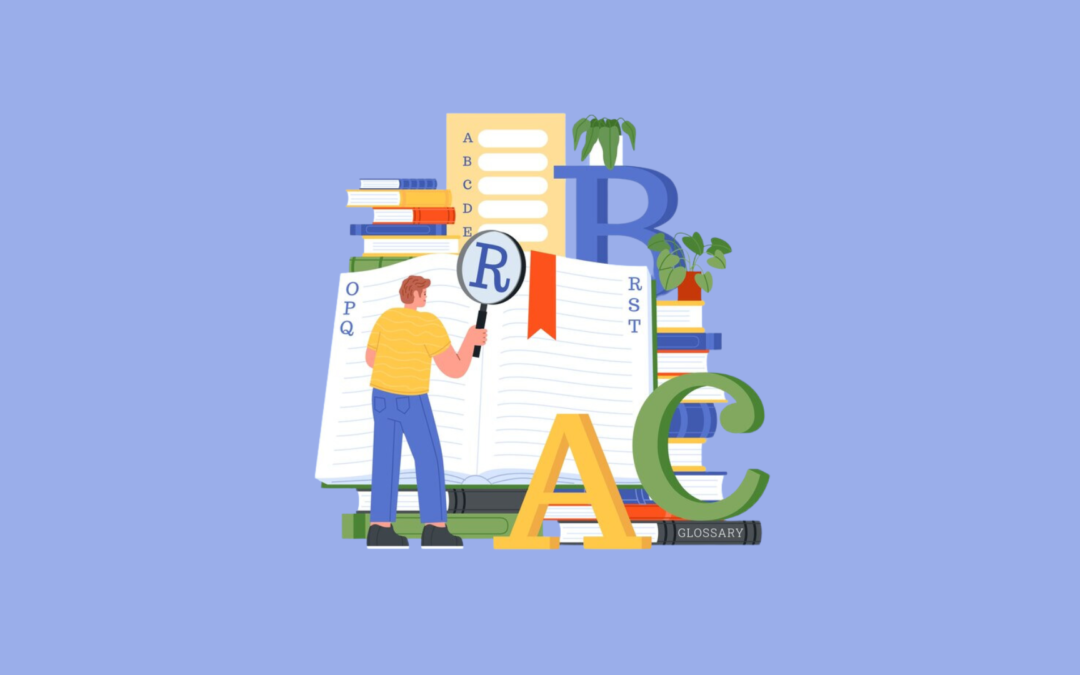In today’s fast-paced world, where information overload is ubiquitous, mastering effective memorization techniques has become imperative. Whether you’re a student gearing up for exams, a professional aiming to boost productivity, or simply an individual seeking to sharpen memory skills, the Alphabet Technique emerges as a potent solution. This comprehensive guide delves into the intricacies of the Alphabet Technique, exploring its origins, principles, practical applications, and advanced strategies for optimizing its efficacy.
Understanding the Alphabet Technique:
The Alphabet Technique, also recognized as the Method of Loci or the Journey Method, is a mnemonic device engineered to assist in memorizing lists in a specific sequence. Tracing its lineage back to ancient Greece, this technique has evolved from elaborate mental imagery employed by orators to its structured contemporary form, capitalizing on the human mind’s innate ability to form associations between information and spatial cues.
Mechanism of Operation:
At its core, the Alphabet Technique hinges upon the principle of association. By assigning each item in a list to a corresponding letter of the alphabet, individuals construct a mental scaffold facilitating memory retention. For instance, when confronted with a list of fruits like apples, bananas, cherries, and dates, one would link each fruit with a letter (A, B, C, D) and conjure vivid mental images to represent them.
Advantages of the Alphabet Technique:
- Augmented Memorization: The Alphabet Technique enhances memory recall by leveraging the brain’s capacity for associative learning. By encoding information using visual and auditory cues, individuals construct a robust mental framework conducive to efficient retrieval.
- Time Optimization: With practice, the Alphabet Technique enables swift recall without the need for extensive repetition. This time-saving attribute proves invaluable in scenarios necessitating rapid retrieval of ordered lists, such as academic assessments or professional presentations.
- Versatility: One of the hallmark features of the Alphabet Technique is its adaptability to diverse contexts. Whether one is memorizing vocabulary, organizing tasks, or absorbing new concepts, this technique offers a flexible and versatile approach.
- Long-Term Retention: In contrast to conventional rote memorization methods, which often yield short-lived results, the Alphabet Technique fosters enduring memory consolidation. Engaging multiple cognitive processes, including visualization, association, and spatial memory, lays a foundation for sustainable learning outcomes.
Refining the Technique: Advanced Strategies:
While the fundamental principles of the Alphabet Technique are straightforward, achieving mastery necessitates dedication and practice. Here are some advanced strategies to maximize effectiveness:
- Crafting Vivid Mental Imagery: To bolster memory retention, endeavour to create vivid and intricate mental images. Integrate sensory elements such as colour, texture, sound, and scent to heighten the memorability of associations.
- Harnessing Spatial Memory: Capitalize on spatial memory by envisioning a familiar route or journey and positioning each item along that path based on its alphabetical order. This spatial context furnishes an additional organizational layer that reinforces memory recall.
- Personalized Associations: Tailor associations to individual experiences, interests, or preferences to enhance relevance and resonance. For example, when memorizing historical figures, envisage them engaging in activities corresponding to their achievements or traits.
- Consistent Practice: Like any skill, mastering the Alphabet Technique demands regular practice. Dedicate structured time daily to mnemonic exercises, progressively challenging oneself with more complex lists.
- Exploring Varied Mnemonic Devices: Experiment with diverse mnemonic devices and techniques to identify optimal strategies. Whether employing acronyms, rhymes, or visualizations, diversifying mnemonic approaches enriches one’s repertoire and enhances overall efficacy.
Applications in Real-Life Scenarios:
The versatility of the Alphabet Technique extends across myriad real-world domains, rendering it a valuable asset for individuals:
- Academic Pursuits: Students can employ the Alphabet Technique to memorize crucial concepts, historical events, mathematical formulas, and foreign language vocabulary. Whether preparing for exams or crafting presentations, this technique furnishes a structured approach to information assimilation.
- Professional Endeavors: Professionals across diverse fields, including medicine, law, finance, and marketing, can leverage the Alphabet Technique to organize intricate data sets, retain client information, and deliver compelling presentations. By streamlining information retrieval, they can enhance productivity and performance in professional settings.
- Personal Enrichment: Beyond academic and professional realms, the Alphabet Technique enriches personal development endeavors. Whether memorizing recipes, mastering musical scales, or orchestrating household tasks, this technique empowers individuals to optimize cognitive faculties and lead more fulfilling lives.
Conclusion:
In summary, the Alphabet Technique serves as a testament to the remarkable cognitive capabilities of the human mind. By comprehending its foundational principles, honing application skills, and embracing advanced strategies, individuals can harness the power of this mnemonic device to master memorization and unlock new realms of cognitive prowess. Whether pursuing academic excellence, navigating professional challenges, or enriching personal growth, the Alphabet Technique offers a pathway to success. Embrace this transformative tool in your learning arsenal today and embark on a journey of memory mastery that will shape your future endeavors.
